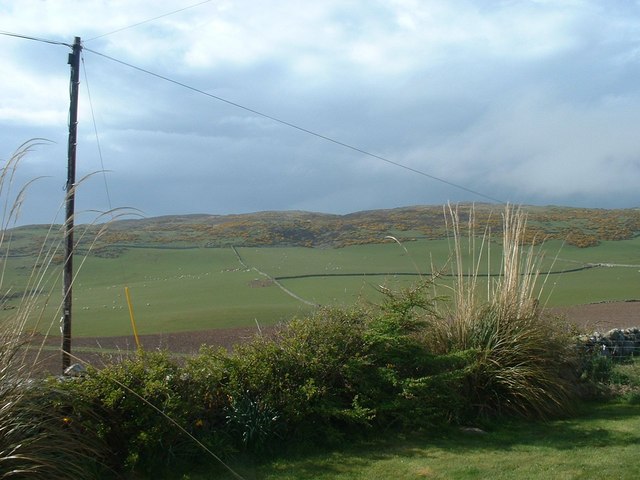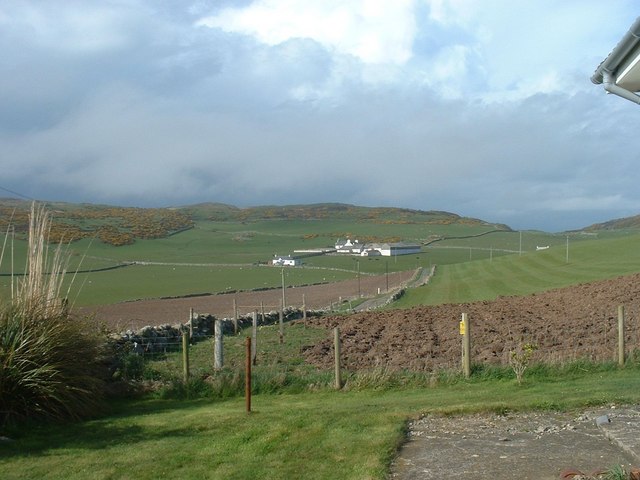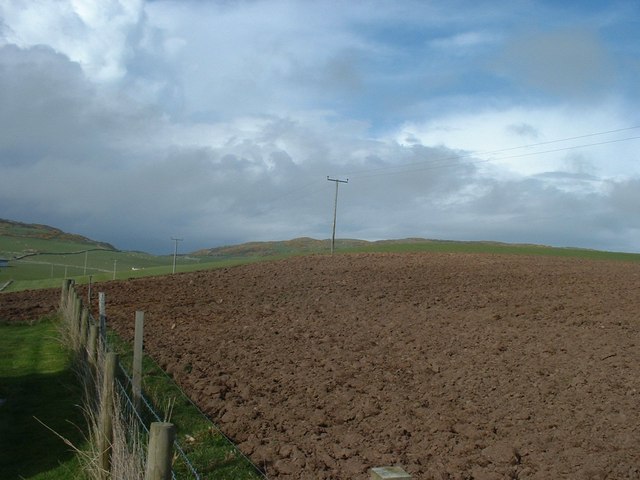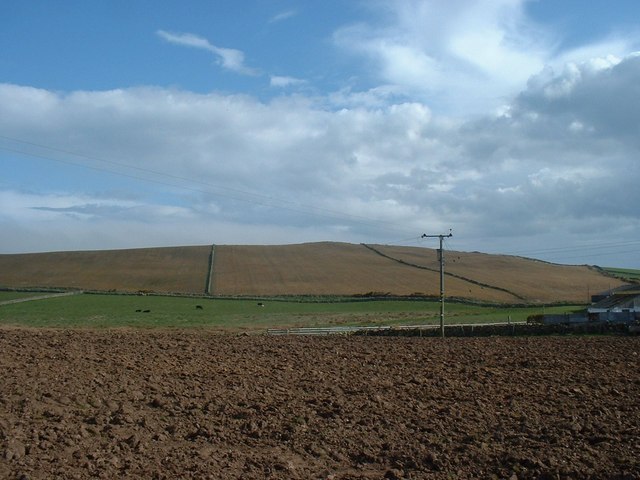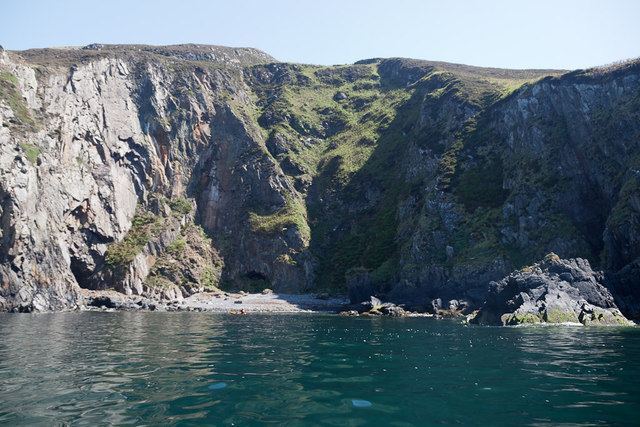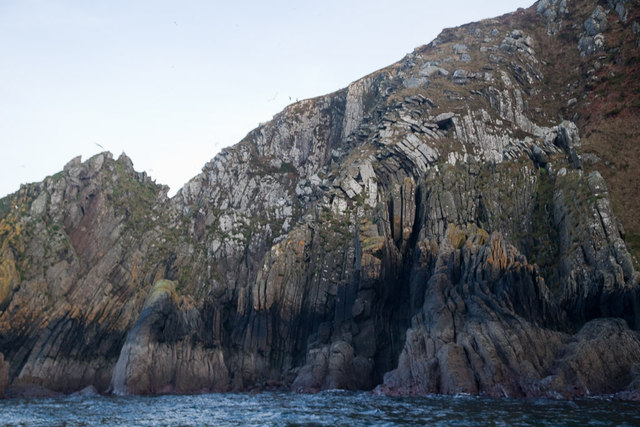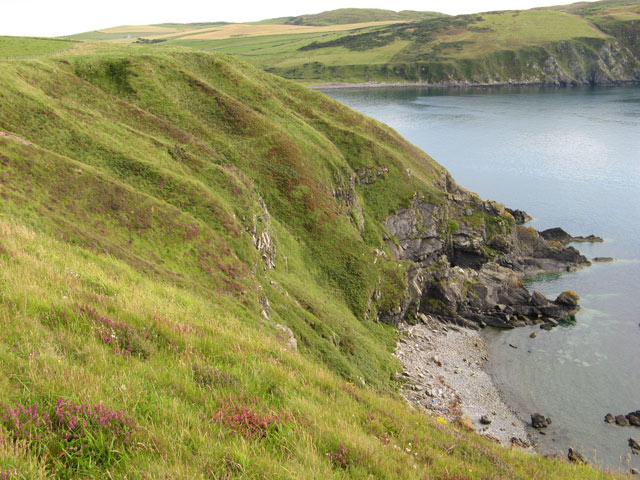Glen of the Hole
Valley in Wigtownshire
Scotland
Glen of the Hole
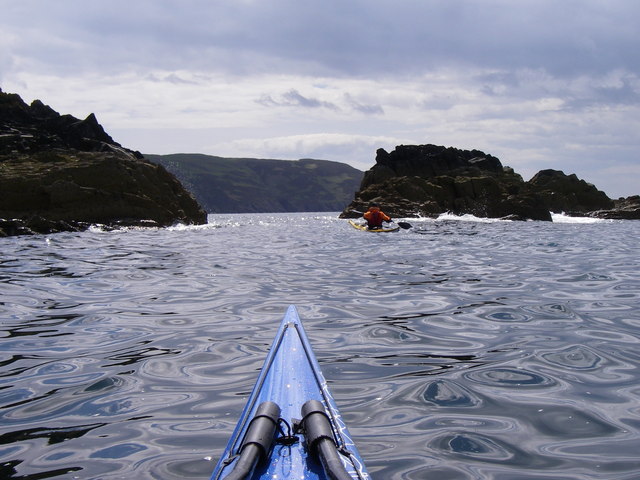
Glen of the Hole, located in Wigtownshire, Scotland, is a picturesque valley that stretches for approximately 5 miles. Nestled between rolling hills and lush greenery, it is a haven for nature enthusiasts and hikers alike. The glen is named after the small village of Hole, which sits at the heart of the valley.
The landscape of Glen of the Hole is characterized by its rugged beauty and tranquil atmosphere. The valley is carved by the meandering Water of Luce, a river that flows through the glen, adding to its charm. The surrounding hills provide a stunning backdrop, with their heather-covered slopes and rocky outcrops.
The glen is home to a diverse range of flora and fauna. Visitors can spot various species of birds, including buzzards and peregrine falcons, soaring through the sky. The river is teeming with fish, making it a popular spot for anglers. The valley is also known for its wildflowers, with vibrant displays of bluebells and primroses during the spring months.
For those seeking outdoor adventures, Glen of the Hole offers numerous walking and hiking trails. The terrain varies from gentle paths suitable for leisurely strolls to more challenging routes for experienced hikers. One popular route is the Glen of the Hole Circular Walk, which takes visitors on a scenic tour of the glen, passing through woodland and alongside the river.
Overall, Glen of the Hole is a hidden gem in Wigtownshire, offering visitors a chance to immerse themselves in the natural beauty of the Scottish countryside. Whether it's a leisurely walk or an adventurous hike, this tranquil valley has something to offer for everyone.
If you have any feedback on the listing, please let us know in the comments section below.
Glen of the Hole Images
Images are sourced within 2km of 54.691854/-4.9397803 or Grid Reference NX1036. Thanks to Geograph Open Source API. All images are credited.
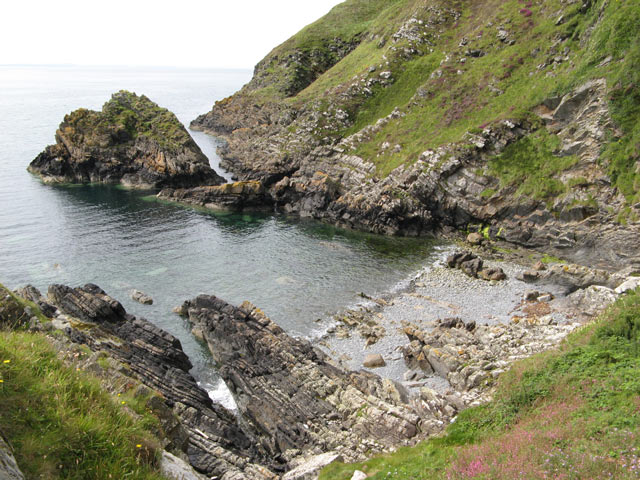

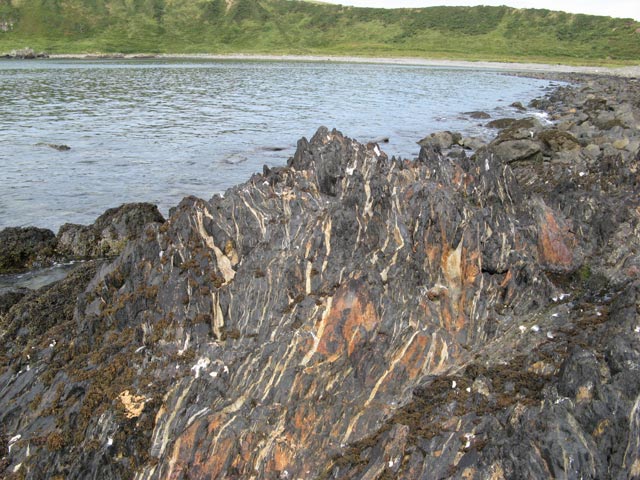
Glen of the Hole is located at Grid Ref: NX1036 (Lat: 54.691854, Lng: -4.9397803)
Unitary Authority: Dumfries and Galloway
Police Authority: Dumfries and Galloway
What 3 Words
///staining.commit.artist. Near Drummore, Dumfries & Galloway
Nearby Locations
Related Wikis
Kirkmaiden (village)
Kirkmaiden (sometimes Maidenkirk; Scottish Gaelic: Cill M'Eudan) is a small settlement in Galloway, Scotland, located approximately 17 miles (27 km) south...
Kirkmaiden
Kirkmaiden is a parish in the Rhins of Galloway, the most southerly in Scotland; the present Church of Scotland parish has the same name as and is approximately...
Drummore
Drummore (drum-ORE; (from Gaelic An Druim Mòr meaning "the great ridge") is the southernmost village in Scotland, located at the southern end of the Rhins...
Port Logan
Port Logan, formerly Port Nessock, is a small village in the parish of Kirkmaiden in the Rhins of Galloway in Wigtownshire. The Gaelic name is Port Neasaig...
Nearby Amenities
Located within 500m of 54.691854,-4.9397803Have you been to Glen of the Hole?
Leave your review of Glen of the Hole below (or comments, questions and feedback).
